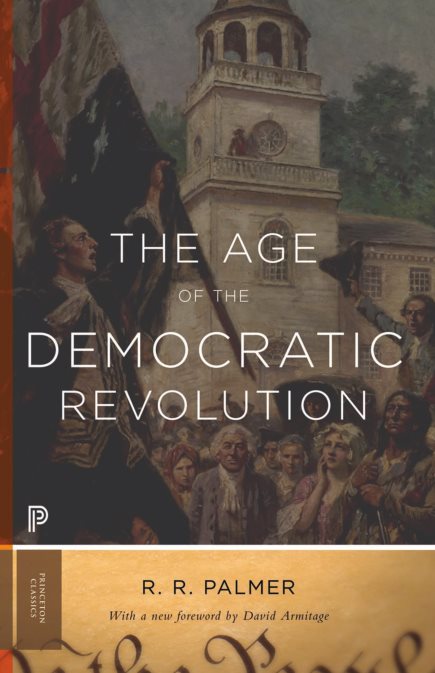Ancient Chinese Armies 1500-200 BC (Men
1) Ancient Chinese Armies 1500-200 BC (Men at Arms 218)
Osprey Publishing | 1990 | PDF
By the 15th century BC the valley of Hwang Ho was dominated by a palace-based military caste which owed its supremacy to a monopoly of bronze-working techniques among a still mainly Stone Age population. To the Shang Dynasty, war was a means of legitimising the power of their new aristocracy. This fascinating volume by C. J. Peers covers the period of China’s history from the first documented civilisation to the establishment of an enduring unified empire, examining the history, organisation, uniform and weapons of ancient Chinese armies.
2) Imperial Chinese Armies (1) 200 BC-AD 589 (Men at Arms 284)
Osprey Publishing | 1995 | PDF
After AD 304 the five ‘barbarian’ tribes divided north China among themselves, setting up dynasties which were often Chinese only in name, and feuding constantly both with each other and with the native states, whose stronghold was now in the south. It was under this barbarian influence that the heavily-armoured cavalry which were to become the striking force of the great T’ang dynasty in the 7th and 8th centuries first developed. In a knowledgeable text complemented by numerous illustrations, this book explores the history, weaponry, tactics and organisation of medieval Chinese armies between 200 BC and AD 589.
3) Imperial Chinese Armies (2) 590-1260 AD (Men at Arms 295)
Osprey Publishing | 1996 | PDF
By AD 589, when Yang Chien established himself at the head of a newly reformed Chinese empire, nearly four centuries had elapsed since the fall of the last great imperial dynasty: the Han. Although Yang’s new Sui regime consciously modelled itself on its great predecessor, both China and the world outside had changed. The problem for the Sui and their successors was no longer simply to ‘overawe the barbarians’, but to deal as equals with other cultures that were just as proud and self-confident as their own. Chris Peers examines the imperial armies of China from 590-1260 AD, covering their history, organisation and tactics.
4) Medieval Chinese Armies 1260-1520 (Men at Arms 251)
Osprey Publishing | 1992 | PDF
In 1271, Kubilai, ruler of the Mongol Empire, proclaimed himself the first Emperor of the Yüan dynasty. Within a few years he was to gain control of the rest of China, in effect giving China unity and independence under an alien dynasty. His reign endured until 1368, when the native Ming dynasty came to power. Focusing on these two regimes, this text explores the history, organization and tactics of the Yüan and Ming armies from 1260-1520. Numerous illustrations and colour plates portray the weapons and uniforms of the Chinese troops in vivid detail.
5) Late Imperial Chinese Armies 1520–1840 (Men at Arms 307)
Osprey Publishing | 1997 | PDF
By the end of the 18th century – following an era which had seen the world increasingly divided into colonial powers and their victims – the Ch’ing dynasty of the Manchus, who had overthrown the native Ming in the 1640s, ruled over the largest and most populous empire in the world, with territories that had doubled in size in the previous few decades. Chris Peers’ engaging study of the late imperial Chinese armies from 1520 to 1840 is supported by a wealth of illustrations and photographs, including eight attractive full page colour plates by Christa Hook.
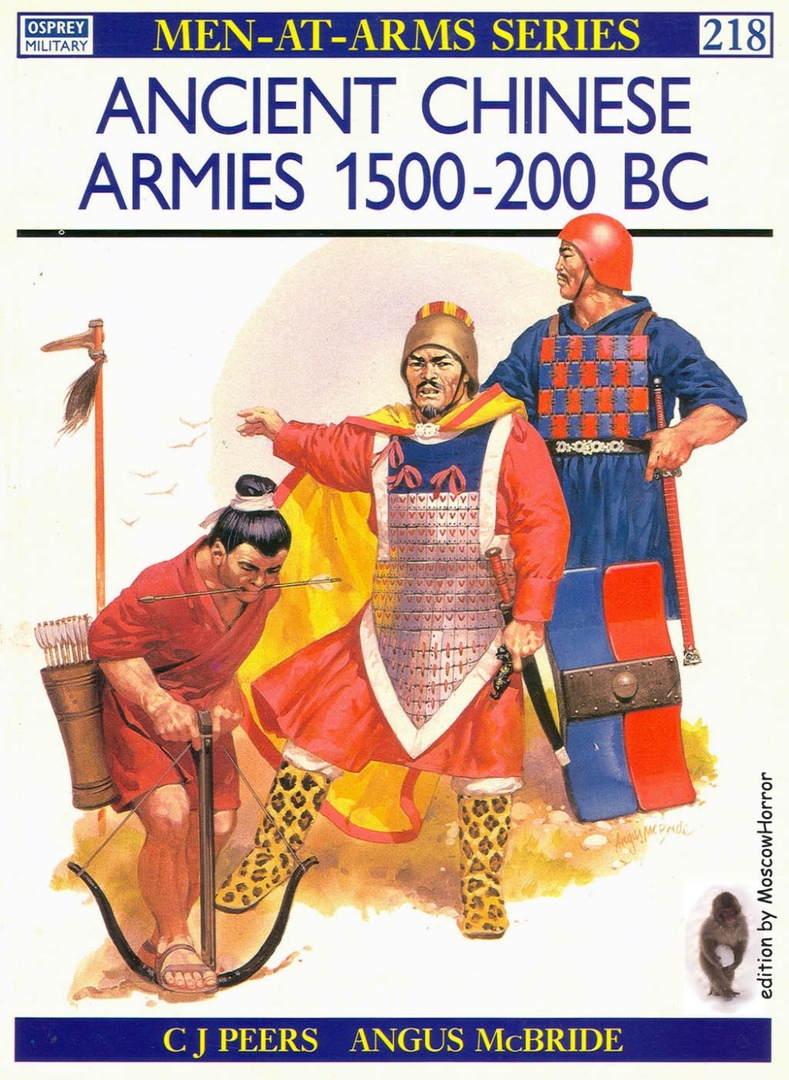 1 / 5
1 / 5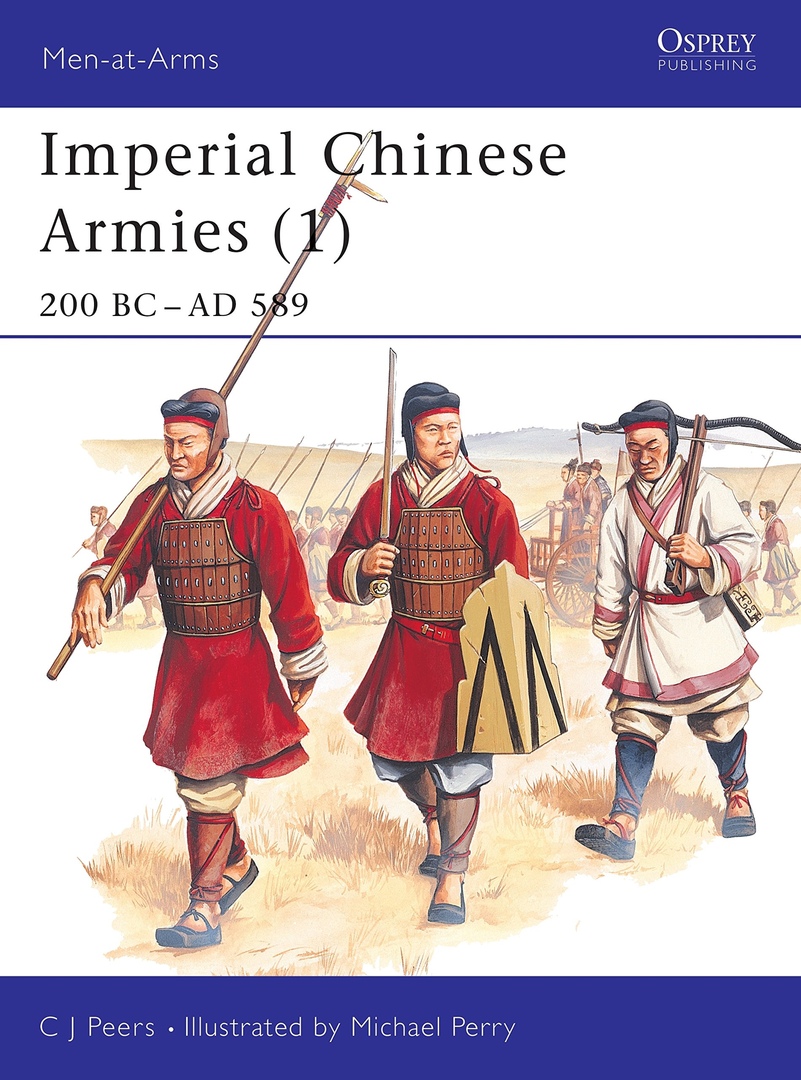 2 / 5
2 / 5 3 / 5
3 / 5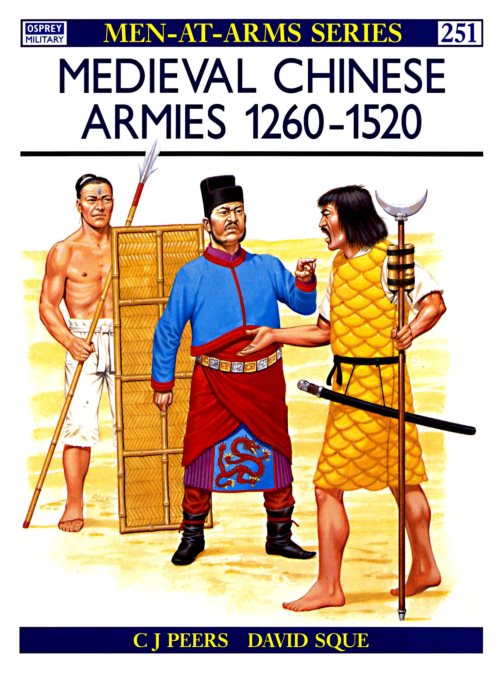 4 / 5
4 / 5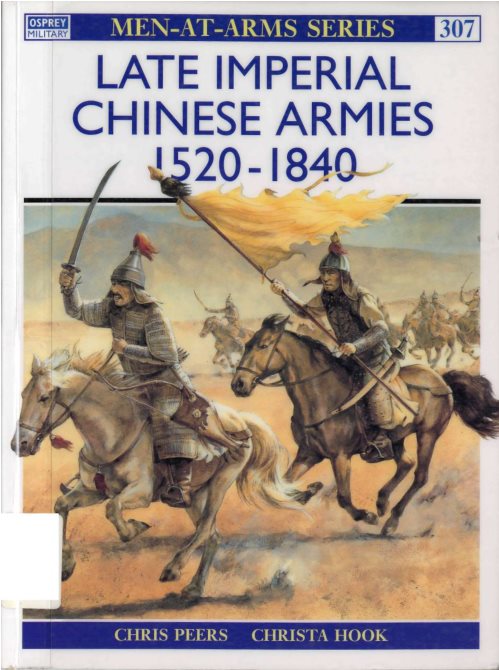 5 / 5
5 / 5
